Listen to This Blog
User experience and user interface design is a field of constant evolution – there are always new characteristics and properties being added to the tools. Several are powerful in 2023-24 based on their flexibility, except that communication features and easy-to-use tools are some of the features that have been rated better. Below you will find detailed information on the 10 best UX/UI tools that are popular currently in the app design niche.
List of Latest Top 10 UX/UI Tools Used For App Design
1. Figma
Figma has made its way into the hearts of the design community because it is a collaborative tool. It works in the cloud platform that different people can collaborate on the same design at a time.
This feature is most advantageous for teams who work remotely. Plugins and integrations are an important part of Figma as many of them extend prototyping and UI design to areas such as design handover. The vector editing tools and the design systems make it possible to greatly facilitate the crafting of complicated designers.
2. Adobe XD
Adobe XD is a desired and utilized application for designing and prototyping the user interface and experience. It is built-in with the Adobe Creative Cloud and designs for smooth switching between Photoshop, Illustrator, and XD.
The tool is also unique because it can be used to achieve responsive design, meaning designers can build layouts that are appropriate for different display dimensions. Some of the functionalities are auto-animate and voice prototyping making it easy to come up with more animated prototypes and this in a way makes it easy to see how the final product will work.
3. Sketch
Sketch is one of the longest-used UI design tools out there, preferred especially by macOS users. Moreover, its vector-based design features are supported by an impressive list of plugins that improve its functions.
This gives it the capability of creating high-fidelity mockups due to its main emphasis on the user interface design. Besides, Sketch has a symbol and shared styles mechanism that assists in keeping all the designs consistent. With the release of Sketch for Teams the level of interaction among the team has enhanced as feedback and sharing are possible in real time.
4. InVision
InVision is famous for its prototyping, offering designers the option to create clickable previews of their designs. Its user-testing capabilities allow one to collect data at different points in the design process of a product.
InVision Studio is a great addition that links the design, prototyping as well as animation into one application. The platform also supports other programs for design contributing to a coherent process.
5. Axure RP
Axure RP is ideal for wireframing and prototyping. It provides additional elements for the launch of functional interfaces, such as the conditional properties and variables that are necessary to imitate real-world users’ activity. High fidelity allow makes Axure useful for projects that demand precise specifications to be put in place. The tool also provides collaboration through shared projects and documents and the ability to work from the cloud.
6. Marvel App
Marvel App makes design easy with the easy-to-use UI and comes in handy for designers and non-designers. It provides a way of generating a proof of concept in the shortest time possible without much need for a programming language. As? It has functionalities for user testing as well as collecting feedback and suggestions for new designs. Some of the features complement well with other applications such as Sketch and Adobe Photoshop in that the designers can easily import assets.
7. Framer
Framer is more used compared to its competitors for this reason, where one can design engaging prototypes within a few minutes. This code enables design and interaction, making it easy to create unique animations and interactions as opposed to other prototyping tools that leave the project with a prototype feel.
Framer’s design system capabilities allow for the management of design in a way that is congruent across different projects. Part of the tool includes collaboration, making it ideal for groups in search of a way to fine-tune their designs with minimal input from other team members.
8. Zeplin
Zeplin is not a tool used in the design process as it is a tool that helps designers and developers come to an agreement. It enables designers to pack their designs together with all the specifications, assets, and guidelines required.
This has the added benefit of making the development process much smoother as well as cutting out the problems of misunderstanding on the way to delivering the final project that does not meet the initial design idea. Zeplin easily integrates with other design applications allowing it to blend into the current processes.
9. Proto.io
Proto.io is an interactive tool, which is used by designers to develop prototypes without coding. Among its features, the simplest is the drag-and-drop mode of operation, which can be easily understood by designers of all categories.
Proto.io also allows for collaboration so by using the prototypes, the team can get feedback. The tool also includes a set of templates and UI components that help achieve the needed design pace for the app interfaces.
10. Canva
Historically Canva is used largely as a graphic design tool but the application has evolved and added the ability to do UI designing. Especially, the simplicity in the use of this tool and the wide range of templates, help create attractive visuals for apps.
Canva is an outstanding design tool for online cooperation, as it offers the function of collaborative work in real-time: creating presentations and small mockups with partners within a few hours is very suitable here. It is especially helpful for campaigns other than app designs and icons like marketing promotional materials for social media.
Conclusion
Looking at the choice in 2023-24, there is a vast list of UX/UI design tools that can address different needs and processes. The same applies to collaboration tools such as Figma and Adobe XD and more specialized applications like Axure RP and Framer are on the market for prototyping. It will be pertinent to note that the specific need of specific designers usually varies; therefore the right tool must satisfy the need, have features that suit the need, be simple to use, and have integration capabilities.
That is the reason why it is crucial to follow mostly important tools and trends as the design industry develops. All these top 10 tools not only affect the design improvements but also support the improved teamwork to bring good quality app designs closer to target users. For practicing designers or new ones using these tools can boost the way they work with their projects and the effectiveness of the designs of the apps.
Given Below are Some Mobile App Development Related Blogs:- |

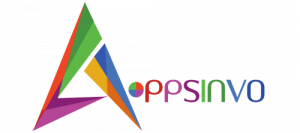
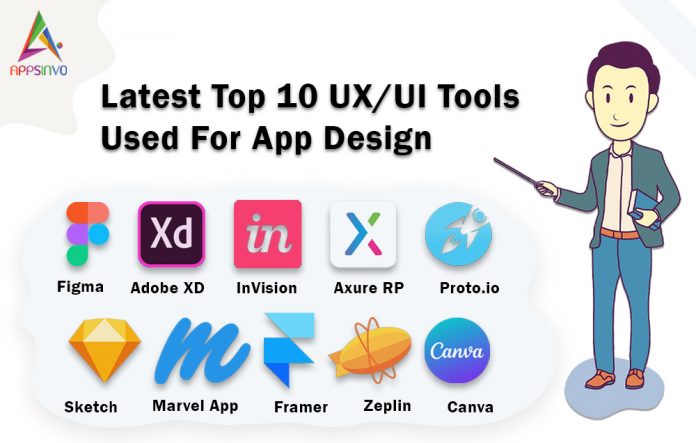


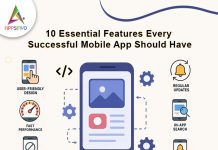

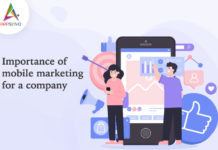
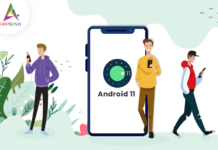
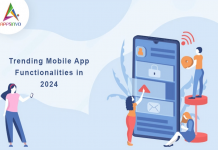



[…] post Latest Top 10 UX/UI Tools Used For App Design appeared first on Appsinvo […]
Hello Sin…
I thoroughly enjoyed this blog post on app design! Your insights into the importance of balancing aesthetics and functionality truly resonated with me. As a designer myself, I often find myself caught between wanting to create something visually stunning and ensuring that it provides a seamless user experience. It’s refreshing to see this topic addressed with such clarity.
I particularly appreciated your discussion about the principles of intuitive navigation. It’s a challenge I frequently face—designing an app that feels natural for users while still being innovative. Your point about user testing as a crucial step in the design process is something I completely agree with. I’ve learned firsthand how invaluable feedback can be in refining an app’s interface. It’s amazing how small adjustments can significantly enhance user satisfaction.
The examples you provided were also very effective in illustrating your key points. I especially loved the breakdown of the successful apps that have managed to strike that perfect balance. It serves as a great reminder that the best designs often prioritize user needs above all else.
Lastly, I would love to see a future post exploring accessibility in app design. Ensuring that our apps are usable by everyone is so important, and I think it deserves more attention. Thank you for sharing such valuable information—this post has inspired me to revisit some of my own projects with fresh eyes. Keep up the fantastic work; I look forward to your next installment!
Excellent post. I was checking constantly this weblog and I’m impressed! Extremely useful info specifically the remaining phase 🙂 I handle such info much. I was looking for this particular information for a very lengthy time. Thanks and best of luck.
Youu need to tawke part in a contest for onne of tthe greatest blots online.
I amm goung too recommeend this wweb site!
Great list of tools! It’s helpful to see the breakdown. Are there other things to think about when choosing a tool besides features and ease of use? Like cost or how well it works with other software? Thanks for sharing!